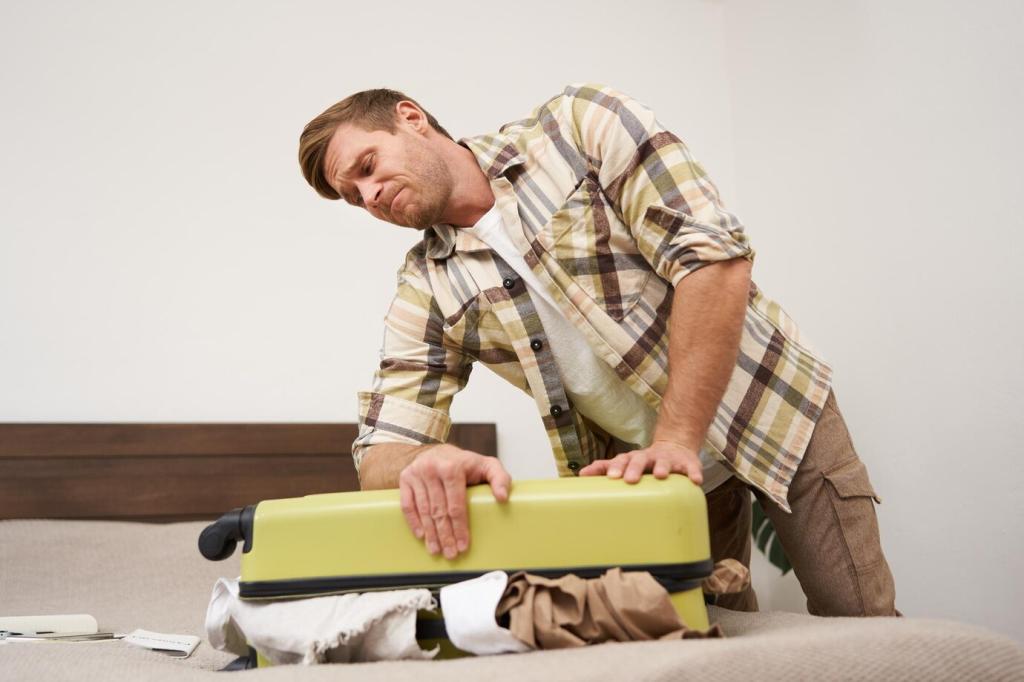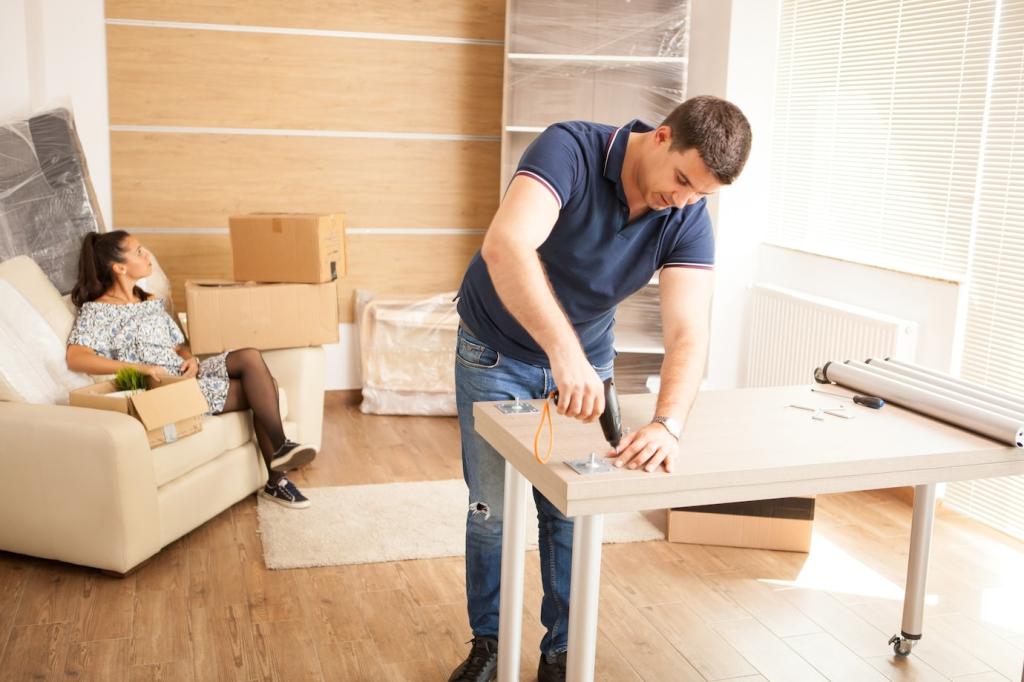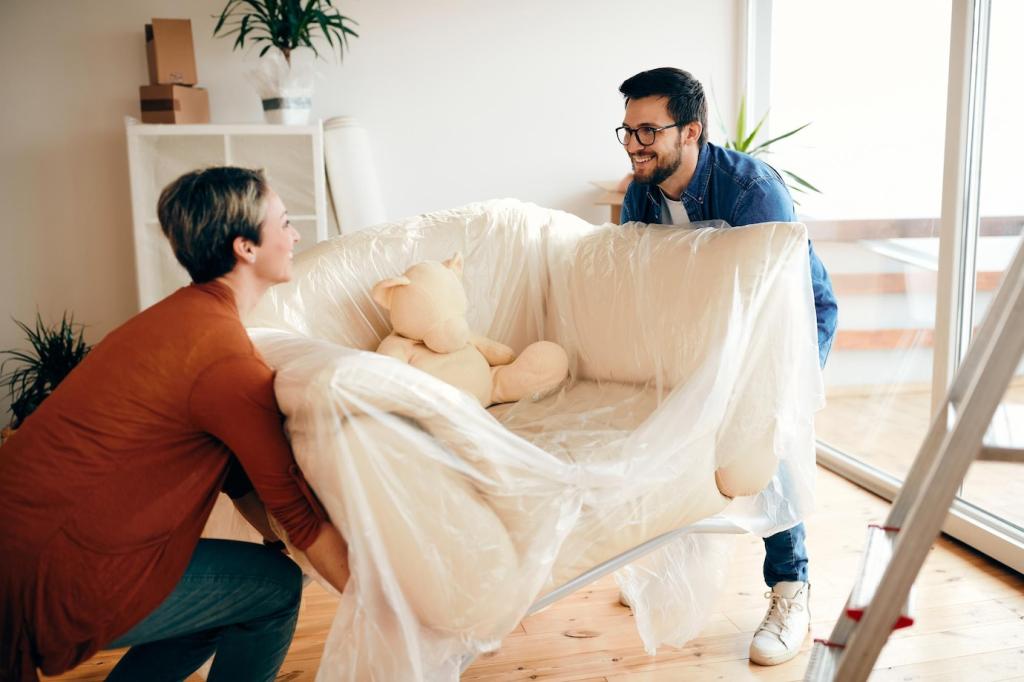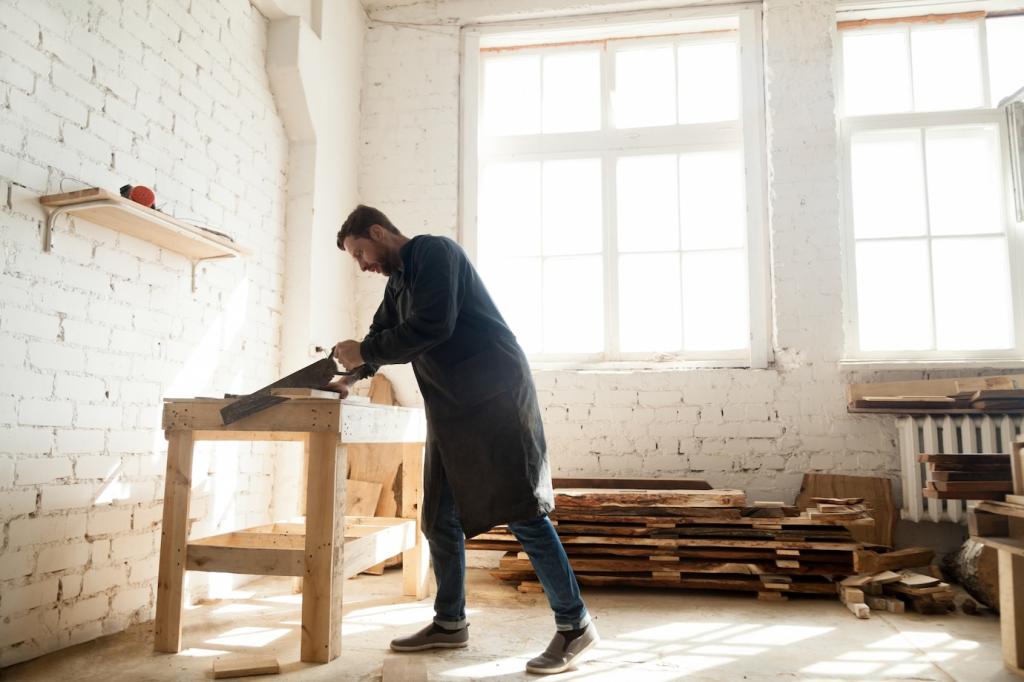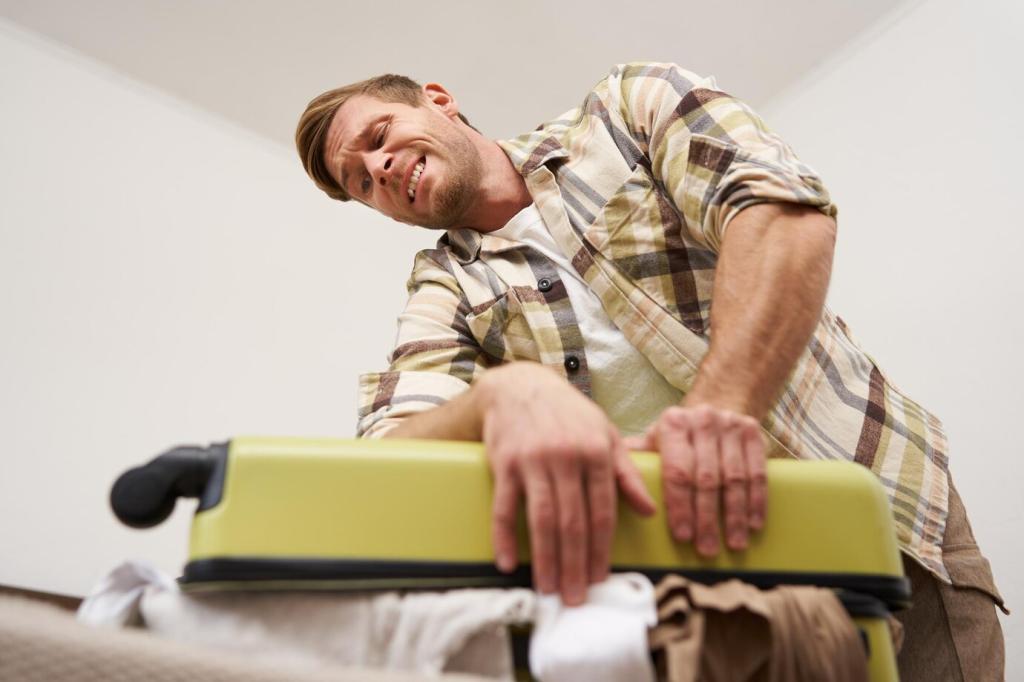Solving Common Antique Surface Problems
Haze often appears when residual cleaner or humidity sits beneath wax. Wipe lightly with mineral spirits, let the surface dry thoroughly, then reapply a whisper-thin coat and buff. Work in a room that is neither too cool nor too damp. Comment with your climate and we will suggest adjustments.
Solving Common Antique Surface Problems
Beeswax can disguise minor rings by evening sheen, but trapped moisture may require gentle warmth. Briefly pass a hair dryer on low from a distance, then apply wax and buff. If the mark persists, it may live in the old finish itself. Ask before attempting aggressive fixes that could erase history.


